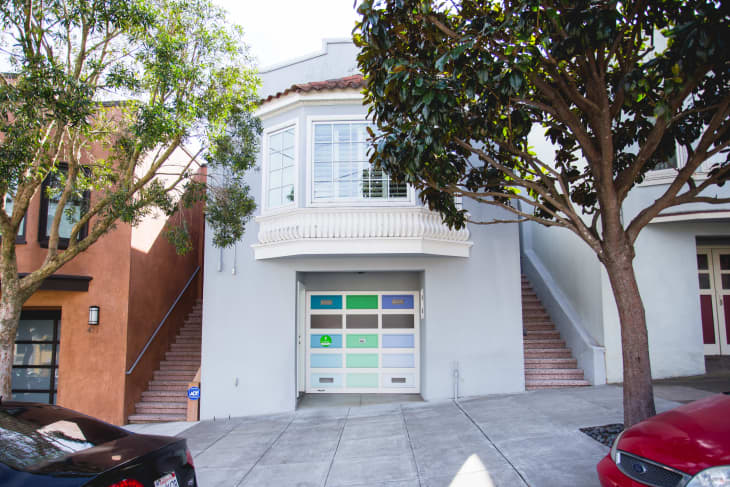3 States Where a 20 Percent Down Payment Isn’t Even Enough
If you’re on the hunt to buy a home, chances are you’ve been saving up for that down payment for quite some time—and while you may think you can get away with putting down 10 to 15 percent for your first home, in some states that might not be competitive enough. According to a new study performed by online loan marketplaceLendingTree, prospective buyers in five American states can expect to plunk down more than the standard 20 percent. And while that’s certainly not the most inspiring news, there is some positive information coming out of the study (so wait for it!), which could mean you’ll get to keep a little more dough in your pocket.
For the study, researchers at LendingTree analyzed data from the conventional, 30-year fixed mortgages offers that borrowers received from LendingTree in Q3 2018. They found that homebuyers in California, Hawaii, Delaware, Colorado, and New York had the highest average mortgage down payments for the third quarter of 2018. In terms of the proportion of the down payment dollar amount to the total purchase price, California took the top slot with 21.44 percent, Hawaii came in second with 21.32 percent, and Delaware scored third with 21.29 percent.
These states taking the top spot isn’t all that surprising. Hawaii, California, and Colorado make up three of the five states with the highest median listing prices, according to ananalysisby “Business Insider” (using data from Zillow).
Whatissurprising is that elsewhere in the States, things look more promising: The average price for a down payment on a U.S. home actuallyfellnearly 10 percent in the third quarter from $52,480 to $47,265, LendingTree finds (though down payments as a percentage of purchase price remained about the same.) For reference, a down payment was defined for the study as the total dollar amount contributed to the purchase price excluding the mortgage. The fact that this number fell makes sense because, on the whole, the U.S. housing market is becoming less competitive. According to data from theNational Association of Realtors, September was the sixth straight month home sales dropped. Even once-hot markets like Manhattan are cooling off—in the spring,average pricesin the borough fell 5 percent.
But it’s not just these major cities that are seeing the effects of less competitive markets. The study found that Alaska, West Virginia, and Mississippi had the lowest down payment percentage of purchase price—15.41 percent, 15.44 percent, and 15.78 percent, respectively. In terms of dollar amounts, the cheapest down payments were in West Virginia ($21,415), Arkansas ($21,707), and South Dakota ($22,149). (Again, for context, West Virginia, Arkansas, and Mississippi are also three of five states with the lowest median listing price, according to the “Business Insider”analysis.)
If you’re looking to buy a home, the stats from the study could be a good sign, because you won’t have to save quite as much. However, if you’re looking to sell your home, it’s a good sign that you should get moving—recent data showsthat home value growth has cooled in some markets, so if you wait too long and demand starts to drop, you could lose money.
Even if you’re a homeowner who has no plan to go anywhere, it’s important to stay clued in: If home prices fall more, LendingTree suggests reconsidering refinancing or taking out a home equity loan—especially since the Federal Reserve hiked interest ratesthree timesin the past year. If you are planning on using your home as a retirement asset, exploring how to protect its value will help you better plan for your future.

